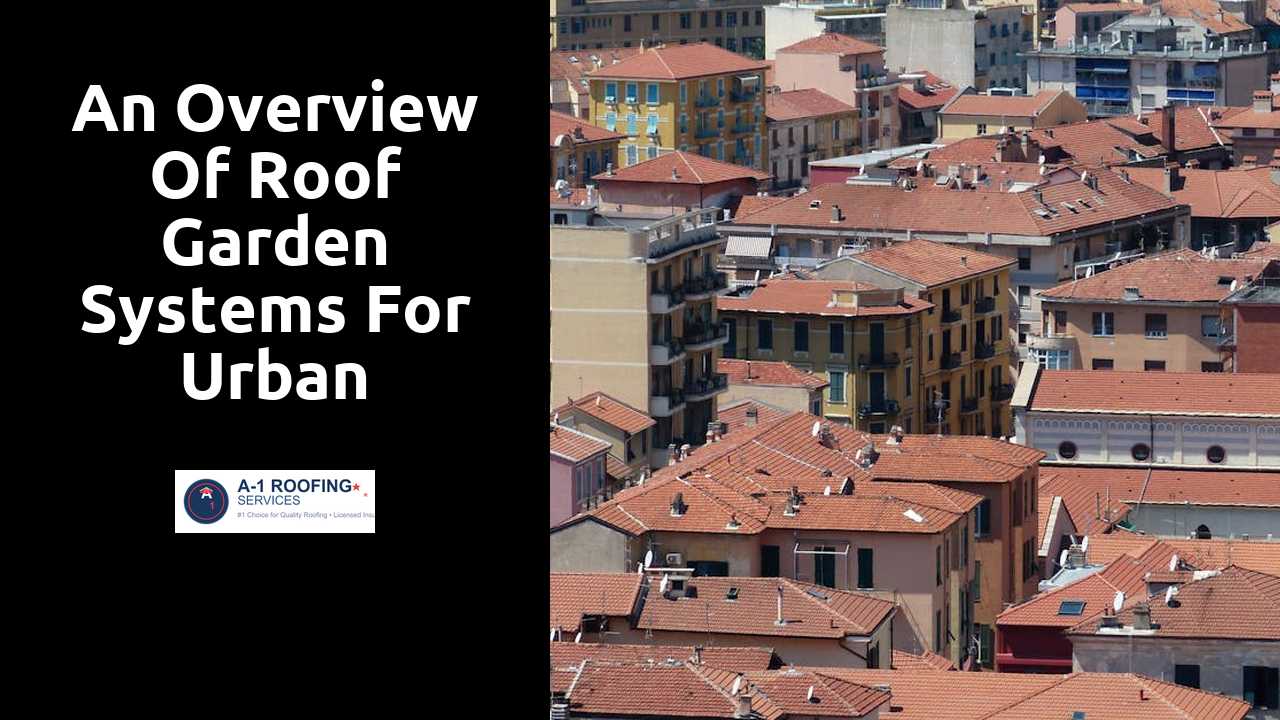
An Overview of Roof Garden Systems for Urban Commercial Spaces
Table Of Contents
Maintenance of Roof Gardens
Routine upkeep is essential for the sustainability of roof gardens. Regular watering helps maintain plant health, especially during dry periods. Weeding should be done frequently to reduce competition for nutrients. Pruning and deadheading plants promote growth and aesthetic appeal. Checking for pests and diseases ensures timely intervention, preventing larger outbreaks that could harm the garden's biodiversity.
Seasonal tasks play a critical role in the maintenance of these green spaces. In colder months, protection measures for sensitive plants may be necessary. Mulching can prevent soil erosion and retain moisture. During the spring, fertilizing can enhance growth as the garden awakens. Proper maintenance not only preserves the visual and functional aspects but also supports the garden's environmental benefits.
Find out further details by clicking here.
Regular Care and Seasonal Considerations
Successful maintenance of roof gardens hinges on understanding their unique environments and the specific care they require throughout the seasons. Regular monitoring of plant health is essential. This includes checking for pests, diseases, and signs of stress due to weather conditions. Watering needs may fluctuate based on rainfall patterns and temperature variations, necessitating adaptive irrigation strategies. Fertilization schedules should align with the growing seasons to ensure optimal plant growth and flowering.
Seasonal considerations also play a crucial role in the upkeep of these green spaces. In spring, pruning and planting new species can invigorate the garden. Summer months require vigilant attention to watering and potential shading of plants that may be prone to sunburn. As autumn approaches, leaf cleanup becomes important to prevent mold and pests, while winter care may involve insulating plant roots and clearing snow. Tailored seasonal care helps maintain the aesthetic appeal and overall health of urban roof gardens.
Cost Factors for Implementing Roof Garden Systems
The financial aspects of implementing roof garden systems can be multifaceted. Initial investments typically encompass design, materials, labor, and necessary structural reinforcements. Factors such as the size of the roof, the complexity of the design, and the selection of plants will influence the overall cost significantly. Some commercial properties might require extensive engineering assessments to ensure the rooftop can support the additional weight of the garden.
While the upfront costs can be substantial, many property owners find that the long-term benefits can offset these expenses. Roof gardens contribute to energy efficiency, reducing heating and cooling costs throughout the year. They also enhance property value, attract tenants or customers, and can even lead to lower stormwater management costs. Over time, the economic advantages resulting from these systems can make the initial investment more justifiable for urban commercial spaces.
Initial Investment vs. Long-Term Benefits
The initial investment for installing a roof garden can be significant. Costs include materials, labor, and design, all of which contribute to the overall expenditure. Property owners may find themselves hesitating at the thought of high upfront costs compared to traditional roofing options. However, evaluating these expenditures in the context of long-term benefits can reveal a different narrative.
Once established, roof gardens offer substantial advantages that can offset initial costs over time. These spaces contribute to energy savings by improving insulation, which can lead to lower heating and cooling expenses. Additionally, roof gardens can increase property value and provide attractive outdoor areas for tenants or employees, potentially enhancing rental income. The reduction in urban heat effect and filtering of rainwater further highlight the ecological benefits that ripple through the community, making the investment increasingly worthwhile.
Environmental Impact of Roof Gardens
Roof gardens play a significant role in enhancing urban biodiversity. They provide habitats for various species, including birds, insects, and plants that may otherwise struggle to survive in densely built environments. By creating green spaces, these gardens contribute to the ecological balance within cities. The introduction of native flora encourages local fauna to thrive, fostering an ecosystem that supports pollinators and other beneficial wildlife.
Additionally, the presence of roof gardens aids in ameliorating the urban heat island effect. Vegetation absorbs sunlight and lowers surface temperatures, which can lead to reduced energy consumption for air conditioning in nearby buildings. Plants also improve air quality by filtering pollutants and sequestering carbon dioxide. These environmental benefits highlight the importance of integrating green infrastructure into urban planning efforts.
Biodiversity and Ecosystem Enhancement
Urban environments often lack natural habitats, making roof gardens a valuable addition to cityscapes. By incorporating diverse plant species, these gardens can attract various pollinators such as bees, butterflies, and birds. This enhancement of biodiversity not only supports local wildlife but also helps mitigate the effects of urban heat islands. Increasing green spaces encourages ecological interactions that benefit both flora and fauna, providing critical resources in dense city areas.
These elevated green spaces can also contribute to the health of the surrounding ecosystem. The introduction of different plants improves air quality by filtering pollutants and absorbing carbon dioxide. Additionally, roof gardens can capture stormwater, reducing runoff and promoting sustainable water management practices. They serve as miniature ecosystems that mimic natural environments, fostering a sense of connection to nature in urban settings and promoting overall ecological balance.
Related Links
The Durability of Modified Bitumen Roofing in Harsh ClimatesPros and Cons of Standing Seam Metal Roofing for Businesses